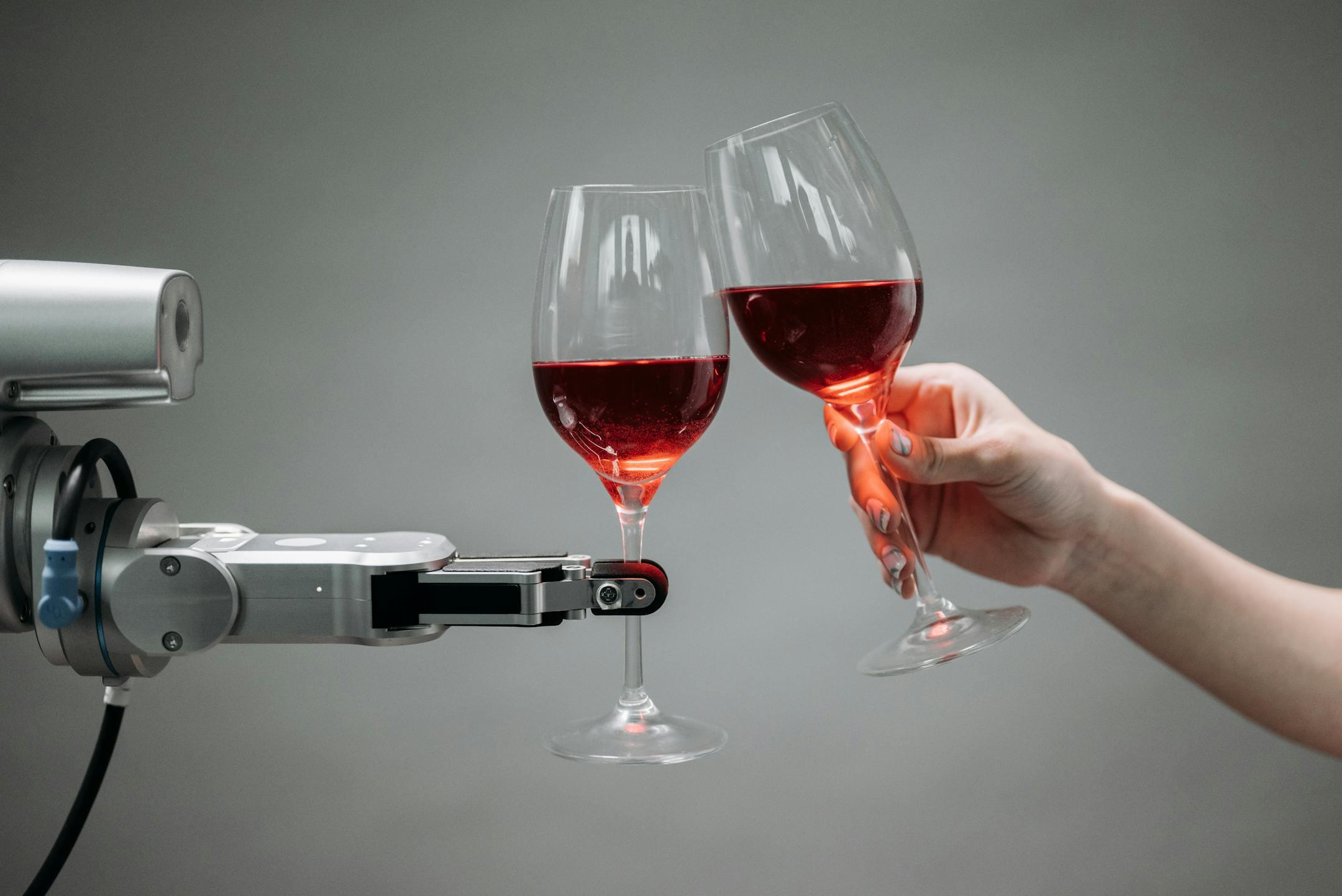
AI is everywhere. It’s in your inbox, auto-suggesting email replies. It’s on your phone, transcribing your voice notes. It’s running behind the scenes of your favorite apps, helping businesses automate processes, analyze data, and enhance security.
It’s no surprise that AI is one of the hottest topics in the business world. Everywhere you turn, there’s another bold claim about how AI will revolutionize everything. Some say AI will replace entire workforces. Others insist that if you’re not using AI, your business is already behind.
But let’s have a real conversation.
AI is powerful, but it’s not magic. It’s a tool, not a replacement for human expertise, judgment, or creativity. And, like any tool, it has strengths and weaknesses.
At Pathfinder Technical Services, we work with businesses of all sizes to help them navigate AI—using it strategically, not just because it’s trendy. Today, we’re cutting through the hype to break down what AI can do exceptionally well and where it still falls short.
If there’s one thing AI excels at, it’s taking over tedious, time-consuming tasks.
AI-powered tools can handle repetitive workflows that eat up valuable hours, allowing teams to focus on more meaningful work.
Imagine running a busy medical clinic with a steady stream of patients calling in to schedule appointments. Rather than tying up staff with back-and-forth scheduling, an AI-powered assistant like Calendly, Drift, or Microsoft's Bookings can:
AI doesn’t take breaks. It doesn’t get distracted. It handles scheduling flawlessly and instantly, reducing wait times and improving efficiency.
Other automated tasks AI handles well:
While AI is great at handling routine tasks, it lacks judgment, intuition, and common sense.
Let’s go back to the medical clinic example. AI might schedule a patient’s chronic knee pain appointment for next week—but what if another patient calls in with chest pain? AI doesn’t know that one patient’s situation might be more urgent than another’s unless it has been explicitly programmed to recognize medical red flags (and even then, it can still miss things).
Other AI limitations in task automation:
The fix: AI scheduling should always be paired with human review—especially in high-stakes industries like healthcare, law, or finance.
AI can process massive amounts of data in seconds—something humans could never do at the same speed. But does that mean it always understands what the data means? Not quite.
AI-powered analytics tools help businesses make data-driven decisions with greater accuracy and speed.
A retail business uses AI-powered tools like Microsoft Power BI or Salesforce Einstein AI to:
Instead of guessing which products to order, AI helps retailers stay ahead of demand.
Other data-driven uses of AI:
AI can recognize trends, but it doesn’t understand the story behind the numbers.
Imagine AI detects that sales of a top-selling product suddenly dropped and suggests discontinuing it. But what AI doesn’t know?
Other pitfalls of AI in data analysis:
The fix: AI should be used as a decision-support tool, not a decision-maker. Humans need to interpret and validate AI-driven insights before taking action.
AI is an incredible tool for cybersecurity—but it’s not infallible.
AI-powered security tools can analyze vast amounts of data instantly, identifying cyber threats before they cause damage.
A law firm receives an email appearing to be from a senior partner, requesting a wire transfer. AI-powered security software like Darktrace or Barracuda flags it because:
The AI quarantines the email, preventing a costly scam.
Other AI cybersecurity applications:
AI security tools can be tricked by sophisticated hackers.
A scammer uses AI to generate a deepfake video call of a company executive, authorizing a fraudulent payment. AI security systems may fail to recognize that the voice and face aren’t real, leading to a financial loss.
Other AI cybersecurity weaknesses:
The fix: AI security should always be monitored by human experts who can validate threats and respond accordingly.
AI is a game-changer when used strategically. But AI is not a replacement for human expertise—it’s a tool to enhance it.
At Pathfinder Technical Services, we help businesses harness AI’s strengths while mitigating its weaknesses. Whether you’re looking to automate workflows, strengthen cybersecurity, or optimize data analytics, we can help you implement AI in a way that actually benefits your business.
Curious about how AI can work for you? Let’s talk. Click here to schedule a consultation with an AI expert and optimize your business today!